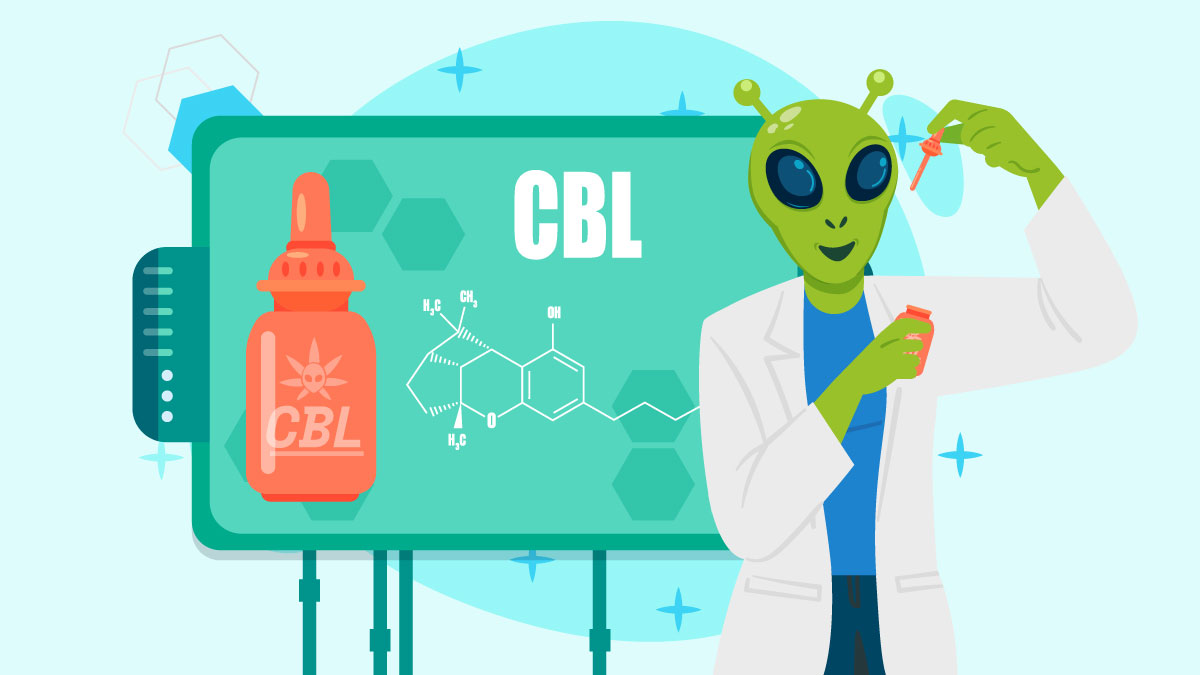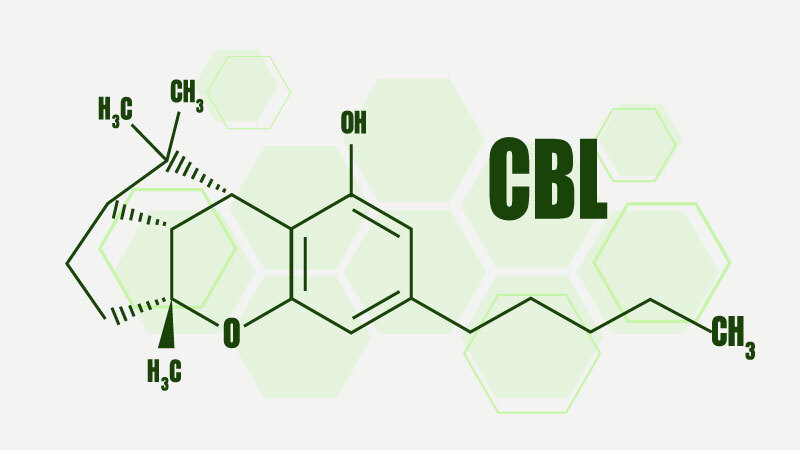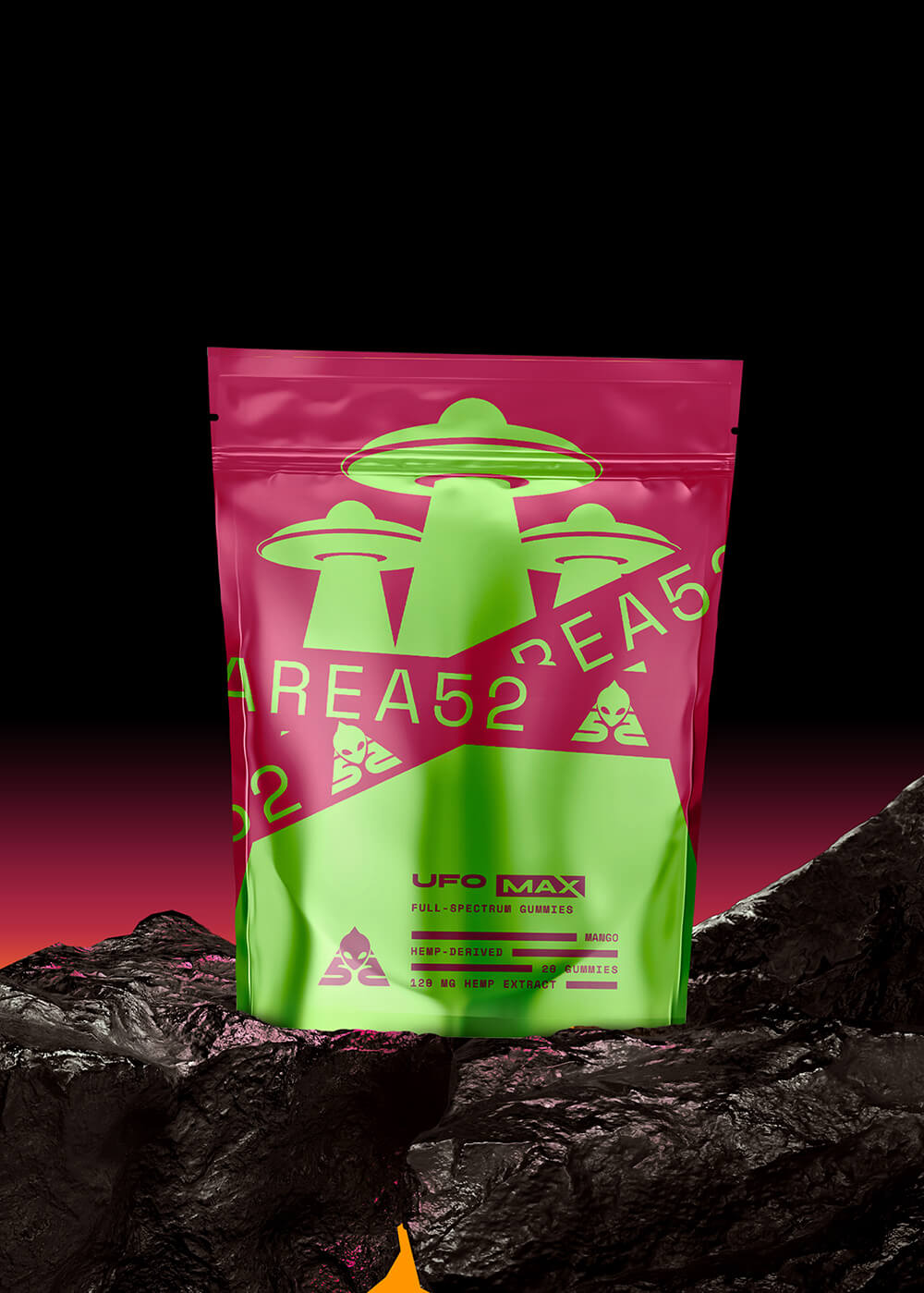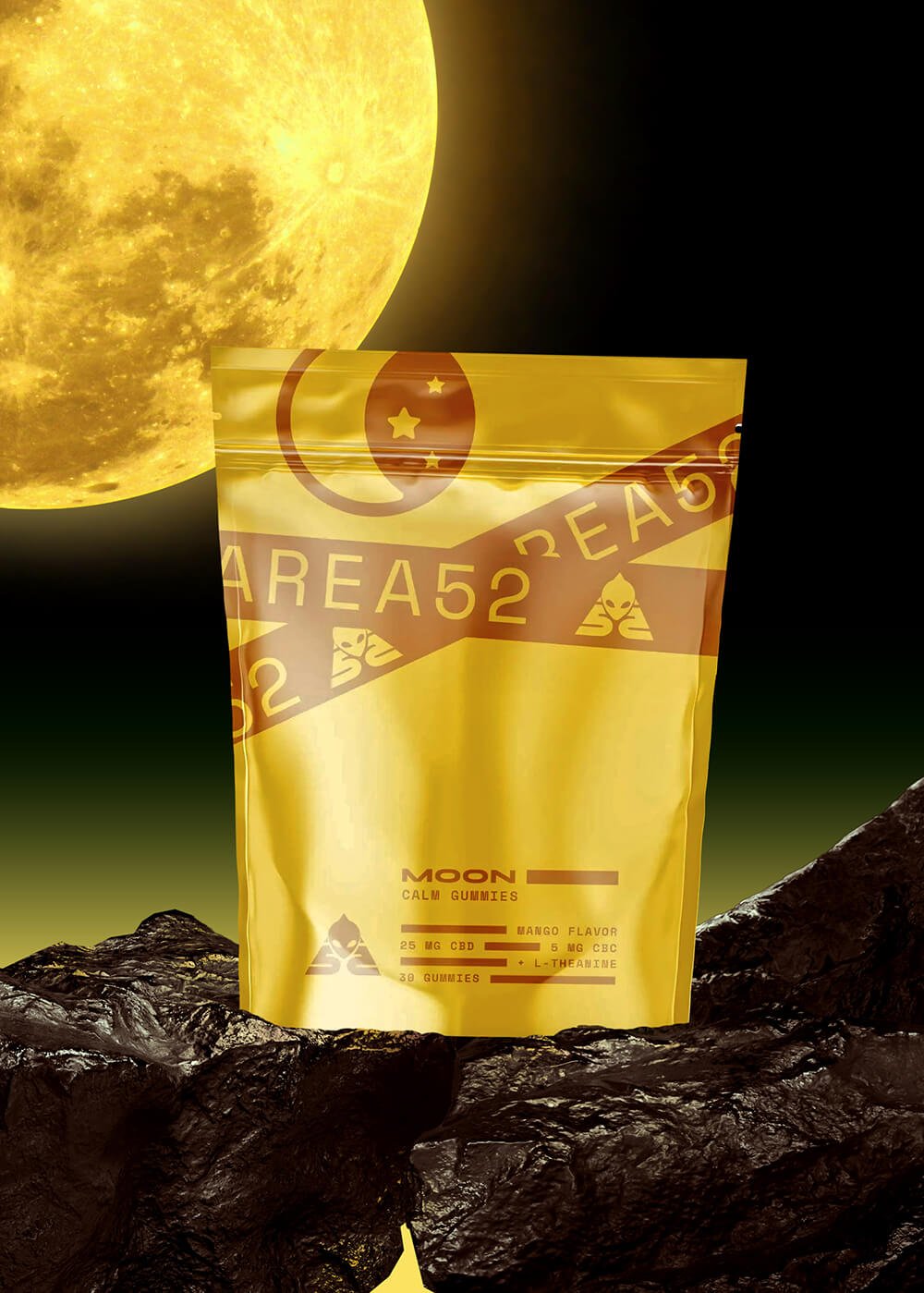What is CBL (Cannabicyclol)? Uses & Benefits

Cannabicyclol (CBL) is a rare cannabinoid that appears in tiny concentrations in marijuana and hemp plants.
It’s non-psychoactive, so it won’t produce any euphoria or a high.
Below you’ll find a brief introduction to what little is known about CBL, including its chemical structure, production, and what people who take this cannabinoid say it feels like.
Note: There are no clinical studies available on CBL. All information provided is merely theoretical based on the limited evidence available so far.
What Is CBL?

CBL is a minor phytocannabinoid, which means cannabis plants only produce it in small quantities.
It was first isolated in the 1960s by Korte and Sieper. It wasn’t for a few more years before its chemical structure was mapped by Gaoni, Mechoulam, and Claussen.
Unlike delta 8 THC or delta 9 THC (Tetrahydrocannabinol), CBL is a degradative cannabinoid. This means CBL isn’t produced directly by the cannabis plant and is instead formed when another cannabinoid — cannabichromene (CBC) — breaks down. This degradation happens slowly and produces exceedingly small amounts of CBL, making it difficult to isolate and study.
CBL has a similar chemical structure to cannabinol, also called CBN, but lacks the double-bond structure that gives CBN mild psychoactive qualities. The effects of CBL are likely to be most similar to those of cannabidiol (CBD), which is to say that CBL is not psychoactive. Instead, CBL is believed to have other effects on the endocannabinoid system and will not produce intoxication.
Is CBL Natural or Synthetic?
CBL is a phytocannabinoid, which means it occurs naturally in cannabis. Marijuana and hemp plants naturally have trace amounts of CBL that form when the plant is exposed to UV light.
Cannabis plants don’t create CBL directly as part of their life cycle, but that doesn’t make it any less natural. In fact, THC and CBD, the primary cannabinoids in cannabis plants, are really derivatives of another cannabinoid — cannabigerol (CBG). All of these cannabinoids are naturally occurring.
How Is CBL Made?
Unlike mainstream cannabinoids like THC and CBD, CBL isn’t manufactured and processed into consumable products yet. Virtually all CBL that gets synthesized is used for research purposes.
In nature, CBL is formed when cannabichromene or CBC is broken down by ultraviolet light or heat. This formation mechanism means that older cannabis plants generally have higher concentrations of CBL than young plants, but overall the amount is still minuscule.
Since there is so little CBL present in cannabis plant matter, researchers use artificial synthesis methods to create CBL in the lab. Given the general lack of interest in CBL commercially, there is no means of mass-producing it yet.
Is CBL Legal?
Yes, CBL is legal, as long as it’s derived from hemp.
In the United States, the Farm Bill of 2018 legalized CBL and other cannabinoids made from hemp products at the federal level. Individual states may restrict CBL sale and use as they see fit, although none have done so to date.
Internationally, CBL is not a controlled substance under the United Nations’ 1971 Convention on Psychotropic Substances. As such, individual countries control its legal status in their jurisdiction.
CBL vs. CBD: What’s the Difference?
The biggest difference between CBL and CBD is that CBD’s effects are very well-known at this point. We know almost nothing about CBL’s pharmacological activity compared to CBD.
The other primary difference is the abundance of each cannabinoid in the hemp plant. CBD is present in concentrations up to 30%, while CBL rarely exceeds 0.5% in hemp samples obtained thus far.
What Are the Effects of CBL?

Little is known about the effects of CBL since it is practically unstudied. Many scientists and experts think it might have similar effects to CBD, although their arguments are based on indirect evidence.
Human studies of CBL’s effects have not been conducted, so any information about CBL’s effects comes purely from conjecture.
Are There Any Side Effects to Taking CBL?
There are currently no known side effects of taking CBL, although that results from how little science knows about CBL rather than experience.
More research is needed before a reliable statement about CBL’s side effects can be made.
How Does CBL Work?
All cannabinoids interact with the human body primarily through the endocannabinoid system. The key components of the endocannabinoid system are two receptors: cannabinoid receptor type 1 (CB1) and cannabinoid receptor type 2 (CB2).
CB1 receptors are in the central and peripheral nervous systems. Activity at CB1 receptors is what gives cannabinoids like delta 8 and delta 9 THC their psychoactivity. Cannabinoids that don’t interact strongly with CB1 receptors typically don’t induce a high.
CB2 receptors are primarily found in the immune system and play no role in determining the psychoactivity of a cannabinoid.
CBL research is in its infancy, but it seems like it has no affinity for CB1 or CB2 receptors, much like CBD. If this result holds up to further scrutiny, it is reasonable to expect that CBL’s effects will be similar to CBD’s.
Interestingly, since CBL is not manufactured for mainstream use, there is no anecdotal evidence to fall back on in the absence of formal studies.
Will CBL Get You High?
Research on CBL’s effects is virtually nonexistent. However, from preliminary research, it’s clear CBL is non-psychoactive — or at the very least, has very low psychoactivity.
Most experts hypothesize that CBL’s effects are similar to CBD’s based on preliminary studies of its interactions with CB1 and CB2 receptors.
Key Takeaways: What is CBL?
More research on CBL is needed if it’s going to find a home in the mainstream cannabinoid market. We know little about CBL compared to CBD and THC, making it an untapped market with unknown potential.
Many experts expect CBL to have similar effects to CBD based on its chemical structure and how it interacts with the body’s endocannabinoid system.
References Used
- ElSohly, M. A., & Slade, D. (2005). Chemical constituents of marijuana: the complex mixture of natural cannabinoids. Life sciences, 78(5), 539-548.
- Dach, J., Moore, E. A., & Kander, J. (2015). Cannabis Extracts in Medicine: The Promise of Benefits in Seizure Disorders, Cancer and Other Conditions. McFarland.
- Morales, P., Hurst, D. P., & Reggio, P. H. (2017). Molecular targets of the phytocannabinoids: a complex picture. Phytocannabinoids, 103-131.
- Moltke, J., & Hindocha, C. (2021). Reasons for cannabidiol use: a cross-sectional study of CBD users, focusing on self-perceived stress, anxiety, and sleep problems. Journal of cannabis research, 3(1), 1-12.


